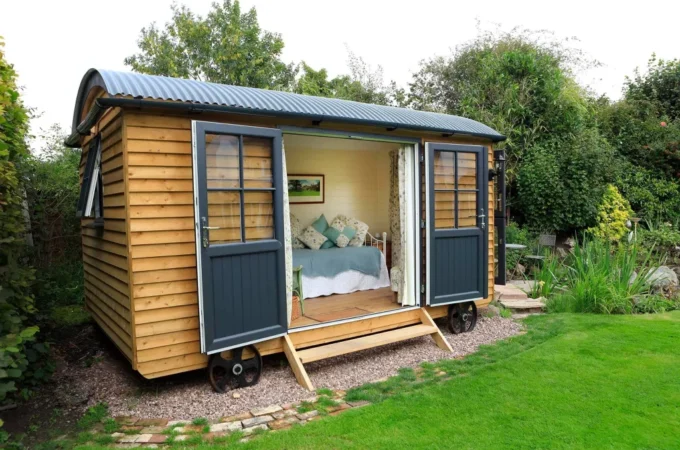
Current Trends in Homeownership
Homeownership can be an exciting and daunting endeavor at the same time. There are several dynamics involved that can be overwhelming for the first time owner. There endless options when choosing where to live and the kind of home that you want. In some instances, for example, some people get used Reward Homes for the knock down rebuild of their home. There are a ton of possibilities for the discerning home buyer and it is important that you do your research before you make the big decision.
One of the things that could aid in the decision-making process is by looking at the homeownership trends in the last few years and how they’re shaping the industry.
How Much are People Putting in Their Homes?

Buying or building a house involves more than just signing the documents and getting the keys. There is a lot that goes on behind the scenes which could have a big impact in terms of costs. There are contracts, approvals, agreements, inspections, estimates and a lot more. A big decision that you will have to make is how much you’d be willing to put for the down payment. Nowadays there are lenders who will be willing to offer less than 20% down payment on the cost. The majority of people finance the down payment using their income.
Age: Who is Paying More?
Financial stability has become less possibility for a good number of people. Real estate is becoming more expensive with each passing year. According to experts, the value of a home should not exceed 2.5 times a person’s annual income. According to stats, the home value is capped at $300000 for those who are under the age of 25. Data also shows that it is the younger generation that seems to have a more diverse range in house pricing.
Correlation of Income to Homeownership
According to data, middle age people are likely to earn more which explains the reason why they are the majority when it comes to homeownership. If trends are to continue, most people will be priced out of neighborhoods that they’ve lived for generations because of the increasing value of the real estate in most urban towns.
Millennial and Homeownership

According to a new report published by CNBC, younger people are less likely to own homes compared to their parents’ generations. There are a variety of reasons why this could be the case. According to the report, homeownership fell by 63% in 2016. This is the lowest it has ever fallen in almost half a century.
The research found out that homeownership drastically fell for people under the age of 30 who can be termed as millennial. Most young people want to put a solid foundation before they think about starting a family or owning a home. There is no pressure to own a home when you don’t have a family to worry about.
The growing student debt is another critical factor that is keeping young people from even contemplating the idea of taking a mortgage. There are some people who have loans of up to $100000 which could take years to clear.
High Cost City Centers
Most people are attracted to high-cost city centers which makes owning a home a big challenge. This is because such city centers have better job opportunities and there are improved amenities. The shift is mostly observed in highly educated people who are looking for opportunities that match their credentials.
Attitude Hasn’t Changed

Despite the decline in homeownership, the attitude hasn’t changed as it is still part and parcel of the American dream. There are new challenges that have made ownership a little bit difficult compared to three or four decades ago. Since millennial form a big part of the population, there are ones with that can impact the trends when it comes to home ownership.
Homeownership is still beneficial for families as it provides a place for living. It will be more convenient than paying rent if you don’t intend to shift. According to statistics, an average homeowner has a wealth of around $230000 compared to a renter who is at $5000. Research has also found out that there is a correlation between levels of education and homeownership. Those who are less educated are likely to fall behind when it comes to homeownership. This is because of issues to do with unstable incomes and lack of job opportunities. It is important to understand the market dynamics if you’re thinking about homeownership.




